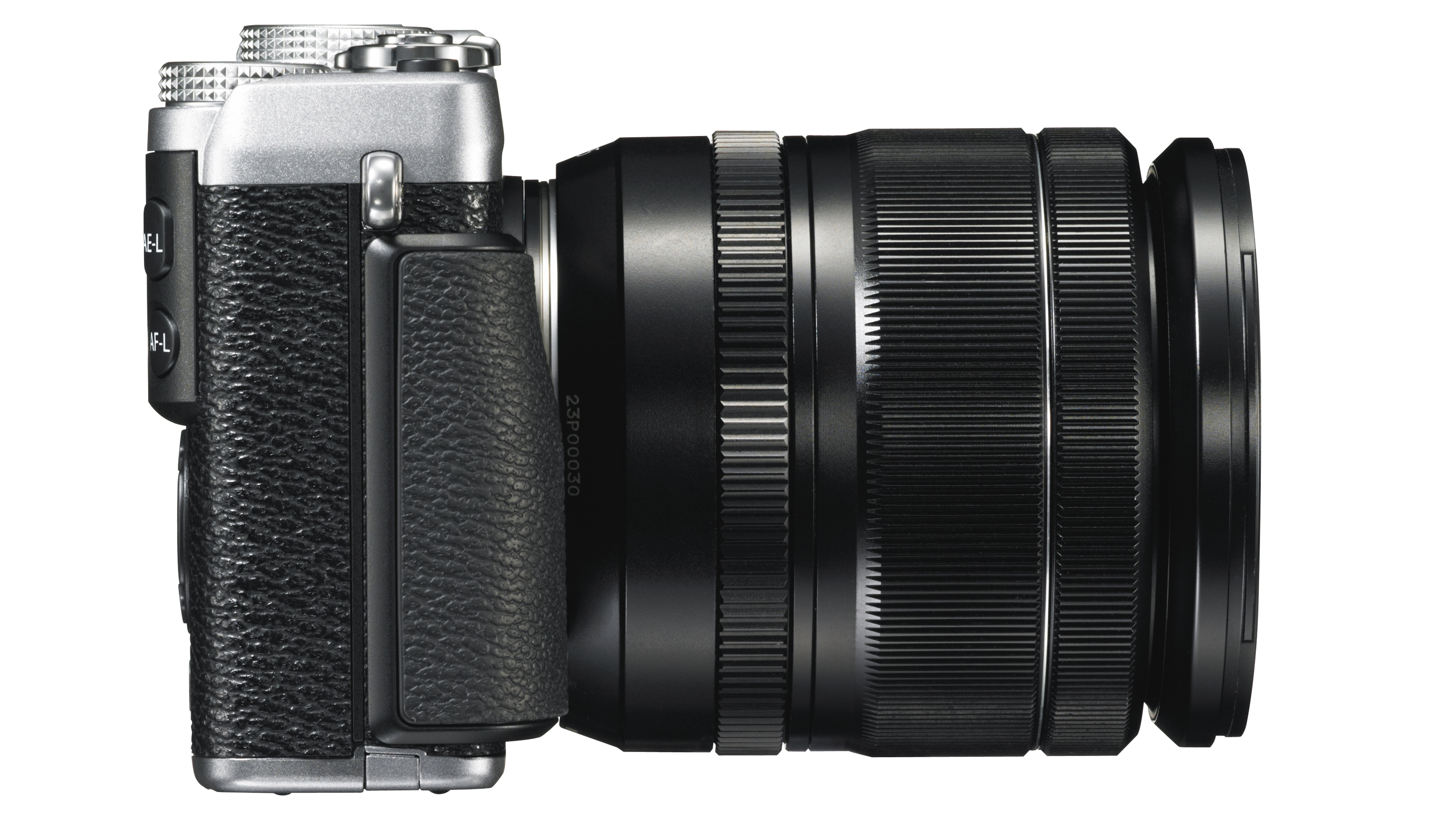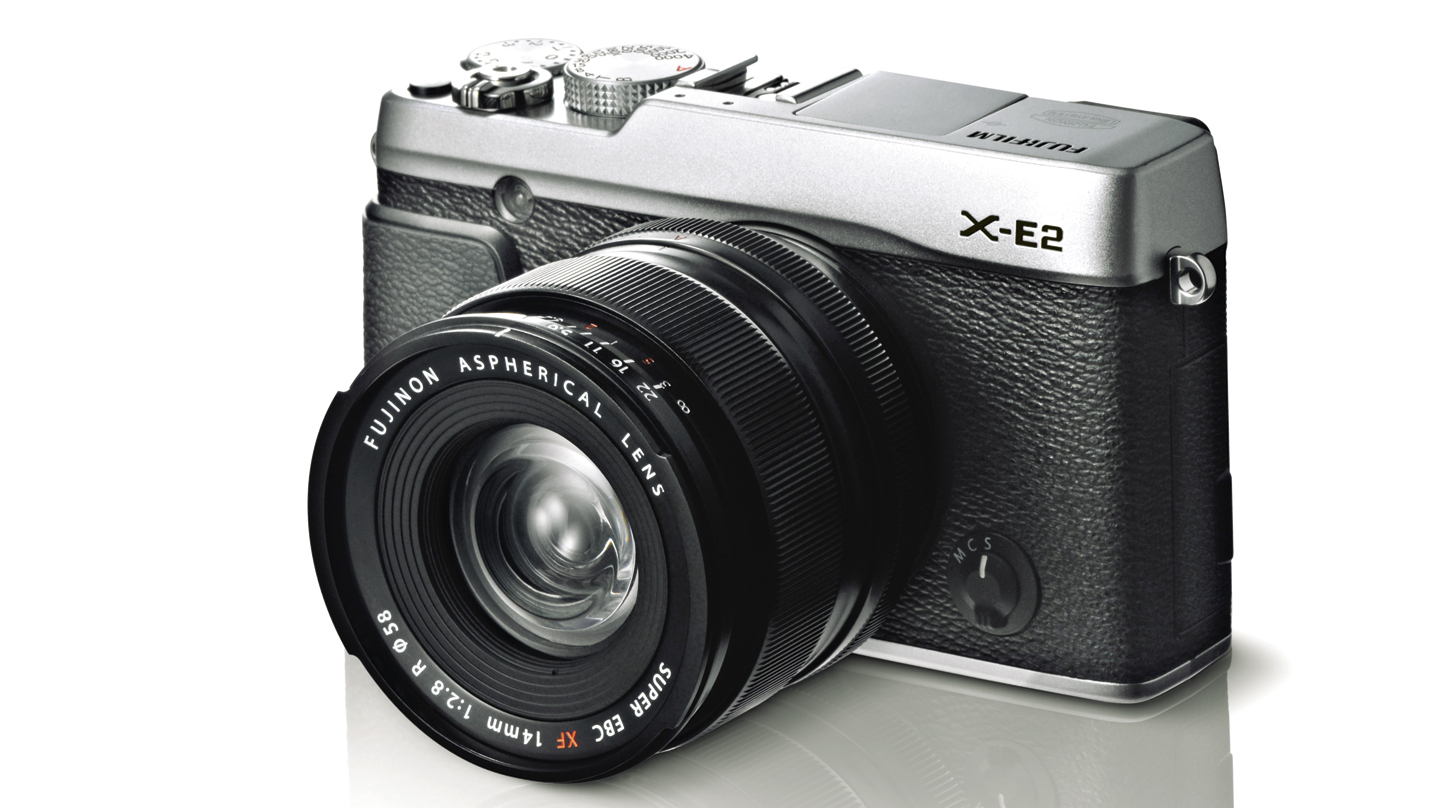Why you can trust TechRadar
Fuji has kept the same body for the X-E2 is it used for the X-E1, so it has the same high-quality feel and traditional styling with a shutter speed dial as well as the ability to uses lenses with (or without) an aperture ring.
As before, if both the shutter speed and aperture dial on the lens are set to A (automatic) the camera is in program mode and both settings will be selected automatically. Setting just one of the controls to A sets the camera to aperture or shutter priority mode respectively.

A textured grip on the front of the camera, along with a ridge on the back, give the camera just enough purchase in the hand, but many will want the security of a strap when carrying it between shots.
Anyone familiar with the X-E1 will find they are on very familiar ground with the X-E2, but there has been a switch around with a few of the buttons. For example, the AE-L and AF-L (auto exposure lock and autofocus lock) control has now been separated across the two buttons on the ridge to the right of the thumb-rest on the back of the camera.
This change means that the Q button, which accesses the Quick Menu, has also moved – and this is now above the screen. It's the button that is the View Mode control on the X-E1, and it remains within easy reach of your right thumb.
Fuji has made more of the X-E2's buttons customisable than on the X-E1, so it can be better set up to suit the photographer. However, it's worth using the camera in the default arrangement for a while until you settle into it, as it works pretty well.
In addition, the shutter speed dial has a 1/180sec mark to indicate the maximum sync speed when flash is used, and the exposure compensation dial extends to +/-3EV rather than just +/-2EV.
Sign up for breaking news, reviews, opinion, top tech deals, and more.

As the three-inch 1,040,000-dot screen isn't touch-sensitive, the AF must be set by pressing the down key of the navigation controls and then navigating to the desired point. This is fine, but we are increasingly becoming used to being able to do this with a touch of a finger on a screen. The upside of not having a touchscreen, of course, is that the LCD is less likely to get covered in fingerprints, and this ensures that it provides a good, clear view at all times.
It's also a shame that the screen is fixed and can't be tilted or twisted for easier viewing when shooting low or high images. Fortunately, it has a wide viewing angle, which goes some way towards counterbalancing the problem, but naturally the scene is somewhat foreshortened.
The screen provides a nice clear view in most situations, with reflections being an issue only in bright direct light. One of the major draws of the X-E2, however, is that it has a viewfinder built-in. While some may be concerned that this is an electronic device, they should try it before dismissing it, as it's excellent. Details are clear and there's no obvious texture, so it is possible to forget that it's not an optical finder.
One of the benefits of an EVF is that it is able to display the scene as it will be captured, and the X-E2's unit performs well in this respect.
